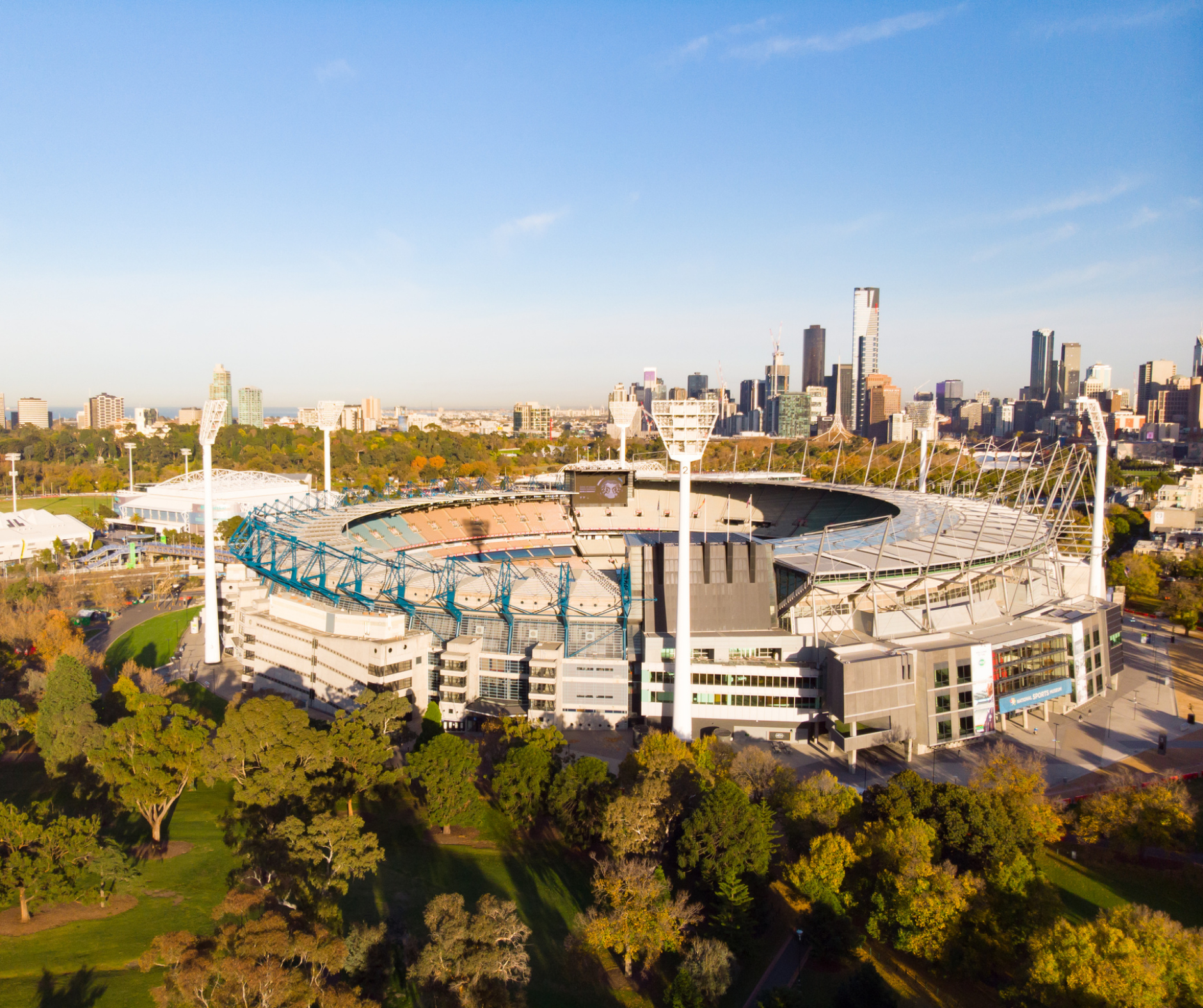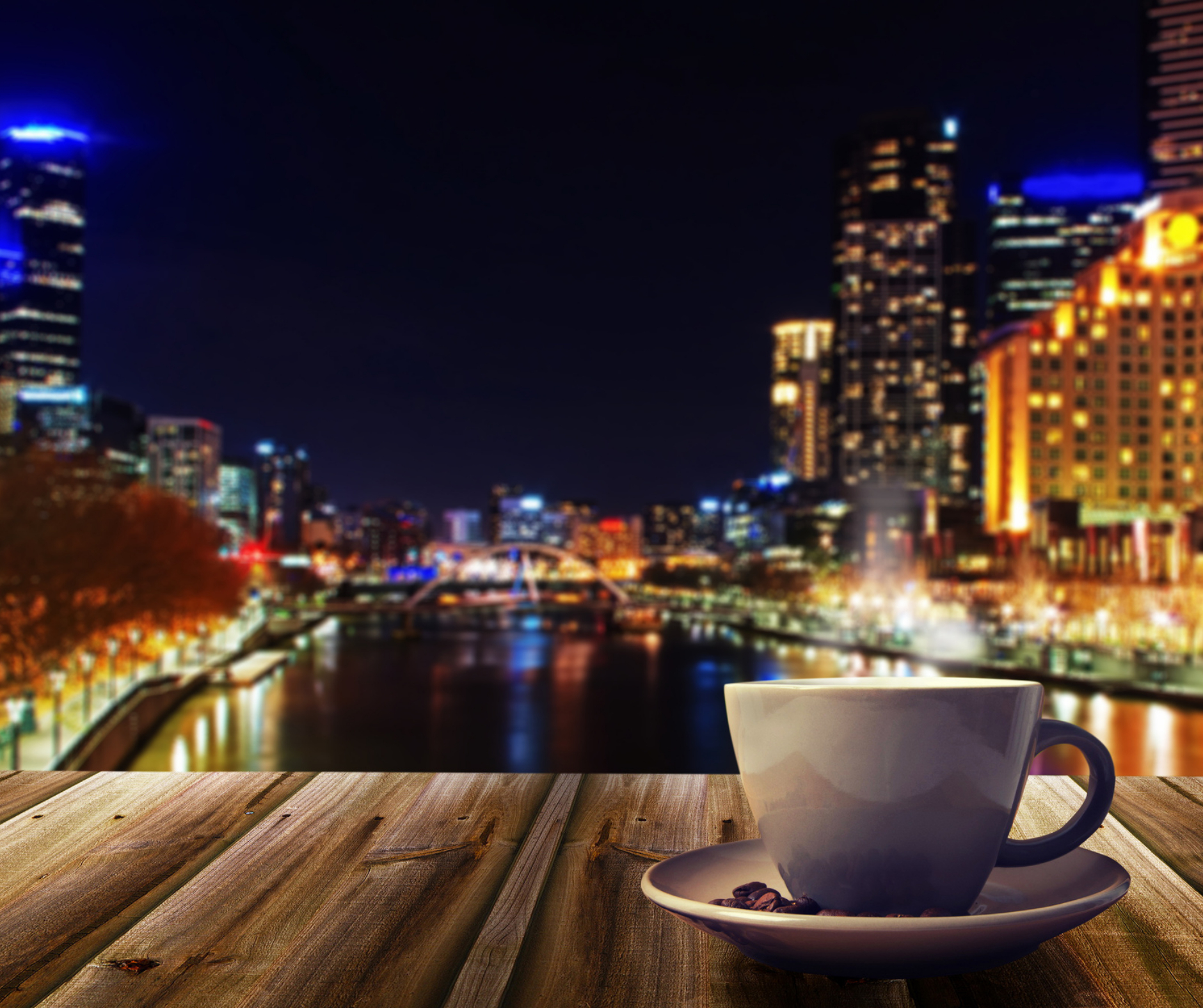Once upon a time, nestled on the southeastern coast of Australia, there lay a city that exuded charm, diversity, and a vibrant spirit. This was Melbourne, a place with a rich tapestry of history woven into its very foundations.
Melbourne’s story began in the early 19th century when British colonizers, captivated by the vast potential of the land Down Under, claimed it as their own. In 1835, a group of settlers established a small settlement on the banks of the Yarra River, naming it after the British Prime Minister of the time, Lord Melbourne.

https://avtravel.com/tour/fiji-island-new-zealand-australia/
As the colony grew, so did its ambition. Gold was discovered in the nearby region of Ballarat in 1851, and news of the glittering treasure spread like wildfire. Melbourne became a bustling hub, attracting adventurers from across the globe in search of fortune. The city flourished, transforming from a mere frontier outpost to a grand metropolis.
However, Melbourne’s journey was not without its challenges. The specter of World War II cast a shadow over the city, as it did for many parts of the world. The conflict brought fear, loss, and sacrifice to the doorstep of this once peaceful place. Yet, through the darkness, Melbourne found strength in unity. Its people rallied together, supporting each other and their allies, emerging from the ashes of war with resilience and hope.
In the post-war era, Melbourne began a remarkable transformation. The city embraced progress and reinvented itself as a modern and cosmopolitan hub. Gleaming skyscrapers pierced the skyline, and a sense of innovation permeated the air. Melbourne became known for its arts and cultural scene, with theaters, galleries, and vibrant street art adorning its laneways. The iconic Melbourne Cricket Ground (MCG) became a symbol of the city’s love for sports, hosting legendary events such as the 1956 Olympic Games and the annual Australian Football League (AFL) Grand Final and Australian Open, the first of four annual Grand Slam tennis tournaments.

As the sun sets over the Yarra River, Melbourne’s vibrant nightlife comes alive. From buzzing bars and music venues to lively festivals and cultural events, there is always something to captivate the senses. The city’s famous Australian Rules Football (AFL) matches stir the passions of locals and visitors alike, creating an electric atmosphere that permeates the air.
Melbourne’s thriving coffee culture is renowned worldwide, with laneway cafes serving up artisanal brews and innovative culinary creations. The city’s multicultural fabric weaves together communities from all corners of the globe, offering a diverse array of cuisines, traditions, and celebrations.

Melbourne has also become a leader in sustainability and environmental awareness. The city boasts extensive cycling paths, encourages public transportation, and embraces renewable energy initiatives. It seeks to preserve its natural beauty for generations to come.
Today, Melbourne stands as a testament to its past and an embodiment of the present. It proudly showcases its architectural heritage through landmarks like Flinders Street Station and the Royal Exhibition Building, which have stood the test of time.
Melbourne, a city born from colonial roots, weathered the storms of war, and embraced change to emerge as a contemporary metropolis. Its past whispers through its cobblestone streets, while its present beats with an ever-evolving rhythm. In Melbourne, history intertwines with progress, creating a tapestry of stories waiting to be discovered by those who walk its lively streets.
https://avtravel.com/tour/fiji-island-new-zealand-australia/

